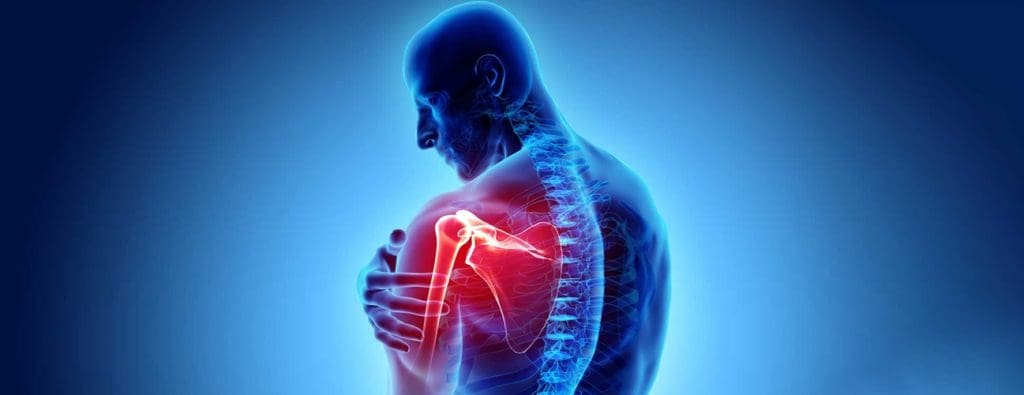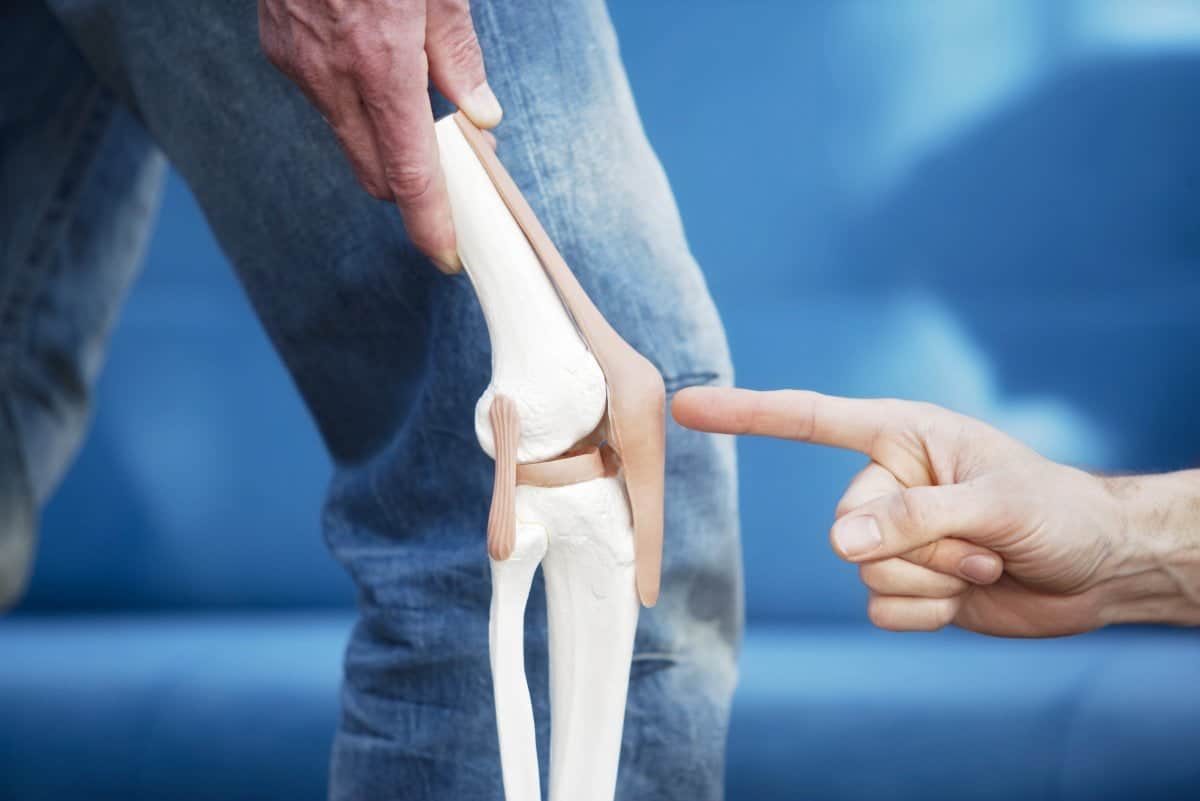“We believe that we must continue on the path of understanding this newly discovered regenerative capacity in humans. Identifying the key components of this circuit will give us new approaches to repairing and regenerating joints, and perhaps entire limbs."
That's what he says Virginia Byers Kraus. Professor in the Department of Medicine, Pathology and Orthopedic Surgery at Duke University. The statement is part of the commentary on your search results on the human possibility of regenerating cartilages, and perhaps entire limbs.
To achieve this, Kraus and colleagues (including the research's first signature, PhD Ming-Feng Hsueh) had to find a way to determine the age of proteins in the body.
Through spectrometry the team verified which key proteins in human cartilage were young, “adult” or old.
The more you go up, the more you go down
A curious finding is that the age of cartilage is higher the further up the body you go. The cartilage in the ankles is young, the cartilage in the knees is middle-aged, and the cartilage in the hips is old.
They deduced that the age of the cartilage is related to the repair mechanisms that some animals have, such as the salamander, capable of regenerating even entire extremities such as legs or tail.
The role of the MicroRNA
The team also found that protein molecules called microRNAs are responsible for regulating these processes in animals. And we also have microRNA, in our body it helps to repair damaged tissues: therefore there is the potential to regenerate cartilage as well.
“We are thrilled that the regulators of limb regeneration in animals are the same ones that control repair in human tissue,” says Hsueh. “Let's say that man has a 'salamander-like' articulation capacity that has not yet expressed its potential”.

Shoulders too.
The consequences of the research
The team now believes that microRNA could become the basis of a whole new generation of arthritis drugs that can rebuild damaged cartilage.
“We believe we can give impetus to these regulators, even at the cellular level, to ensure that they completely regenerate the cartilage of an arthritic joint. If we can add the missing 'ingredients' and understand at what point in the process we stop, it will be possible to reconstruct parts of a limb, or perhaps entire limbs. And the mechanism can be applied to different tissues, not just cartilage."


